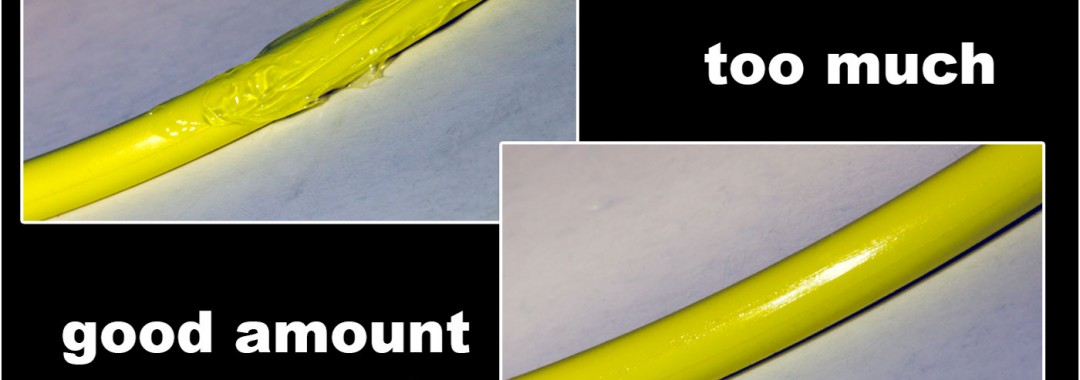Check out why the Coconut octopus is one of our favorite cephalopods in the Lembeh Strait.
Author Archive: saschj
Critters of the Lembeh Strait | Episode 18/2014
Have you ever seen a frogfish do the splits? Harlequin shrimps, ghost pipefish and an extremely cute baby coconut octopus in a shell round out this latest, greatest Critters of the Lembeh Strait episode!
The Cannibal nudibranch – Gymnodoris vs. Hypselodoris
Watch this comic-like movie of the Gymnodoris rubropapulosa trying to eat a Hypselodoris whitei.
Critters of the Lembeh Strait | Episode 17/2014
The last weeks were pretty “HAIRY” – watch our latest episode to find out what else happened in the Strait.
Don’t over-grease O-rings !
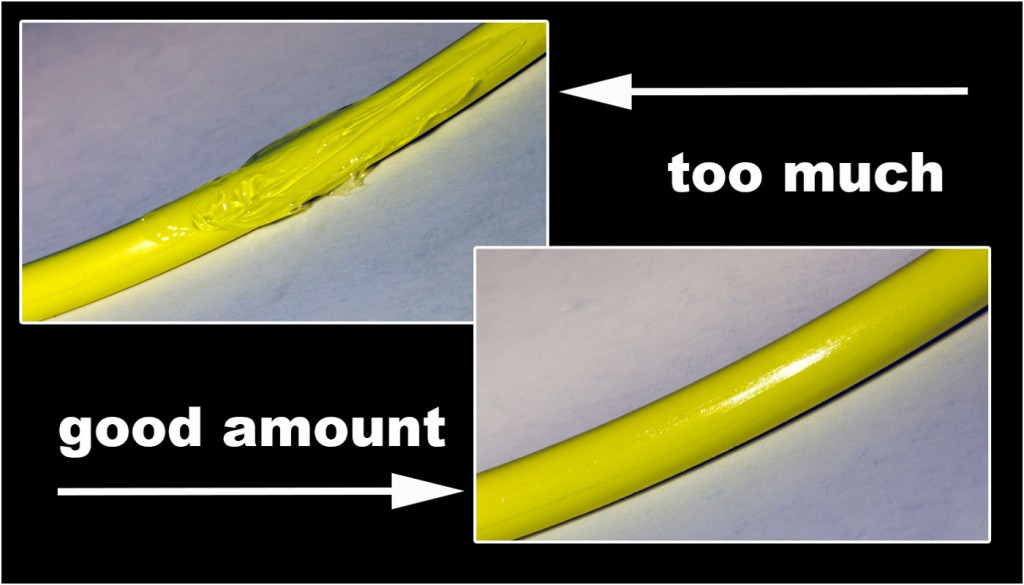
I’ve seen it quite a few times now, some photographers just use too much grease on the o-rings. There might be the myth that the grease is preventing water from entering the housing, but that’s not the case – it’s the o-ring! Yes, the o-ring stops the water from getting in the housing and the grease just helps the o-ring to stay smooth and flexible. The more grease you put on the o-ring, the more likely it is for things like tissue, fibers, sand, dust etc. to stick on, and cause a leak on the sealing surface of the o-ring! Use only a tiny amount of grease (use the grease recommended by the manufacturer) and pull the o-ring through your fingers to spread the grease evenly all over. That way you can also feel if there is any sand or damage on the o-ring. For cleaning the o-ring I normally use my T-shirt, but a tissue or microfiber cloth works just fine as well.
Critters of the Lembeh Strait | Episode 16/2014
Some of the highlights of the latest episode of “Critters of the Lembeh Strait” include hairy frogfish, some of them come in pairs, another mototi octopus and the tiny Doto ussi Ortea (nudibranch). Also keep your eyes open for the scary teeth of a snake eel. Enjoy!
Critters of the Lembeh Strait | Episode 15/2014
Finally, after almost 2 years of diving the Lembeh Strait and not seeing this critter with my own eyes, I got to see it and got some footage: THE POISON OCELLATE OCTOPUS (Octopus mototi). As if that wasn’t enough, a day later an always welcome little fella showed up: THE HAIRY OCTOPUS (Octopus sp.). Of course there are lots more critters to see in the latest episode, check it out!
Critters of the Lembeh Strait | The Megamouth Nudibranch (Melibe sp.)
Did you know that the Melibe nudibranch is also called the Megamouth nudibranch? Want to know why? Watch this video to find out.
Strobes / Flashguns
Choosing the right strobe is sometimes difficult.
One big thing to consider when choosing your strobes, is the batteries they use. I prefer having strobes which use AA batteries and here’s why:
- You’ll get very good rechargeable AA batteries
- They’re cheap, durable and fit in many other devices
- In the event of a problem with your batteries or charger (due to power fluctuation or generator problems), you will always find a replacement – AA batteries are commonly used almost anywhere in the world!
- You don’t have to worry about charging the batteries every 2 or 3 month when not diving, newer technology batteries have no memory effect and batteries like the Eneloop hold up to 70% of their charge after 5 years of non-use and have a very fast recycle rate when used in strobes.
Fiber-optic cable vs. sync cord
What are the pros and cons of fiber-optic cables and electrical cables (sync cords)?
PROS of a fiber-optic cable:
- cheaper than sync cord
- eliminating potential floods
- work for TTL without TTL converter
PROS of a sync cord:
- does not rely on the internal strobe, so you can actually make use of the fast recycle times of your strobe(s) – especially when not shooting at full power
- less heat build-up in the housing
- doesn’t drain the battery of the camera
If you’re only interested in shooting macro and close-focus wide-angle, smaller and cheaper strobes are sufficient.
One strobe option is the INON S-2000, very small and powerful enough for macro photography and suitable for Point&Shoot cameras. This strobe is connnected with fiber-optic cable and uses 4xAA batteries.
Another option is the Sea&Sea YS01 with a fast recycle time (1.9sec with NiMH) and enough power for macro photography and close-focus wide-angle photography (GN 20). The Sea&Sea YS01 is connected with fiber-optic cable and uses 4xAA batteries.
The Sea&Sea YS02 is also pretty fast in recycling (1.9sec with NiMH) and is also powerful enough for macro and close-focus wide-angle (GN 20).
If you want to shoot some wide-angle images as well, the INON Z-240 is also a good choice of strobe. They are very powerful (GN 24), have a very fast recycle time (1.5sec with NiMH) and are compact in size. I’m using them for a long time now, and so far, they never let me down. The INON Z240 can be connected with sync cord or fiber-optic cable and uses 4x AA batteries.
The Sea&Sea YS-1D is also a top choice for macro and wide-angle, it’s also very compact and very powerful (GN 32), uses 4x AA batteries and has pretty fast recycle times (1.8sec with NiMH). It can be connected with sync cord or fiber-optic cable.
Recycle time is the time needed after a strobe fired at full power to recharge and being ready to fire again.
GN or guide number for an electronic flash measures its ability to illuminate the subject to be photographed at a specific film or sensor sensitivity and angle of view. A higher guide number indicates a more powerful flash.
Guide numbers can be measured on land or in the water, the GN stated in this article are measured on land.
Lightroom Shortcuts
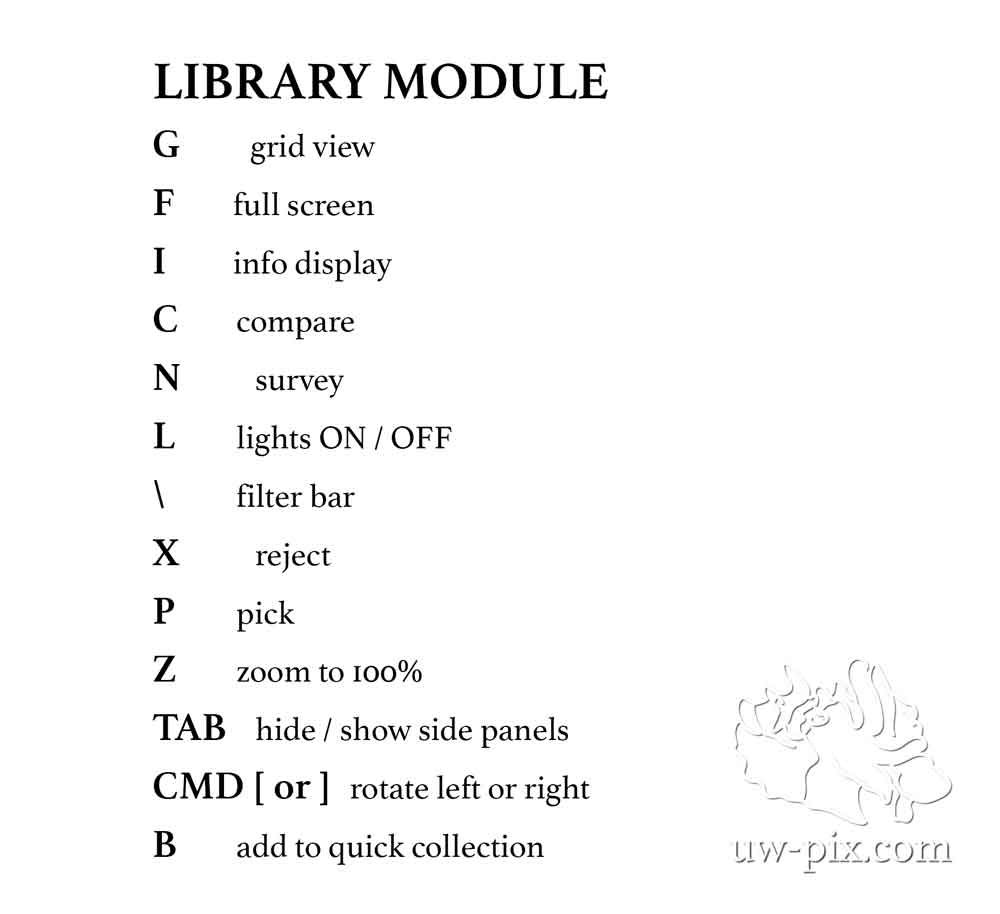
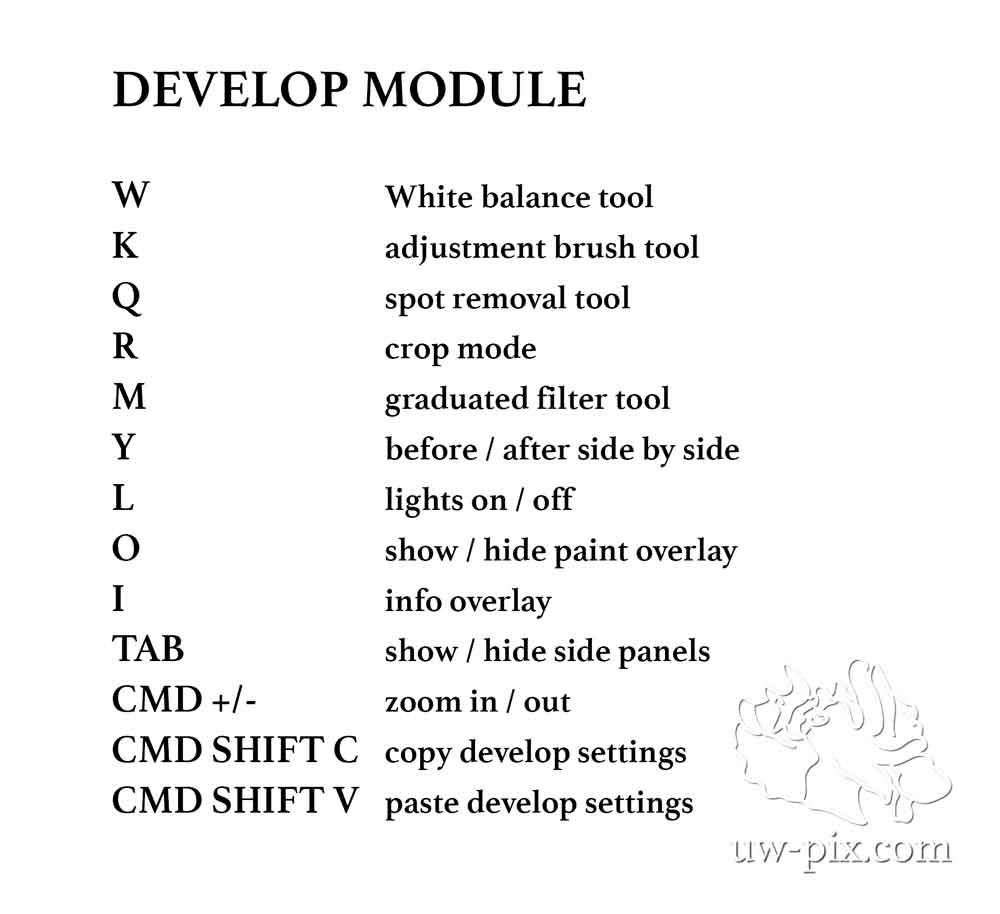
If you use Lightroom on a PC, just use the CTRL button instead of CMD
If you don’t already use Adobe Lightroom, I strongly recommend using it. It will help you get organized with your images and makes displaying raw files easier. It is also a very powerful tool to enhance your images. Adobe Lightroom does exist for MAC and PC.
There’s also the option of getting Lightroom and Photoshop as a bundle with the Adobe Creative Cloud Photography plan (Photoshop CC + Lightroom) for $9.99/month, which I find is a pretty good deal, given that you will always have the newest version of Photoshop and Lightroom.
-
Sale!

Spare set of screws for Flip-Mounts
€15,00 – €20,00 Select options -
Sale!
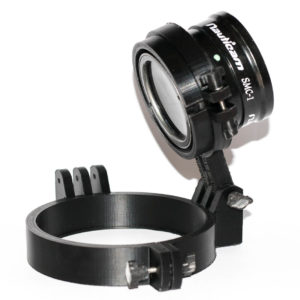
Flip-Mount for Ikelite Point & Shoot housing with 3.9″ / 100mm flat port
€129,00 – €179,00 Select options -
Sale!
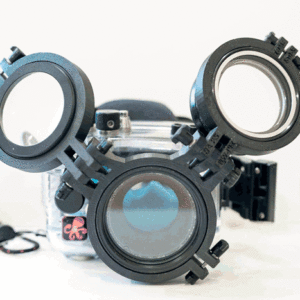
Flip-Mount for Ikelite 3 inch ports
€129,00 – €221,00 Select options -
Sale!
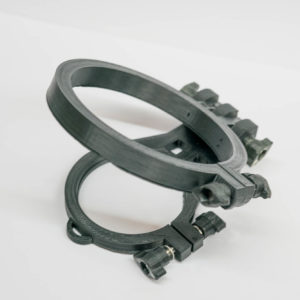
Flip-Mount for SeaLife Micro 2.0 and INON UCL 165 M67 macro lens
€129,00 Add to cart -
Sale!
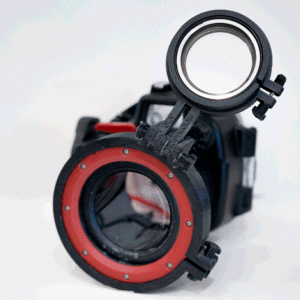
Flip-Mount Olympus housing
€129,00 – €223,00 Select options -
Sale!
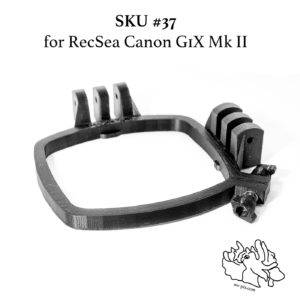
Flip Adapter RecSea housing Canon G1X Mk II
€129,00 – €221,00 Select options -
Sale!
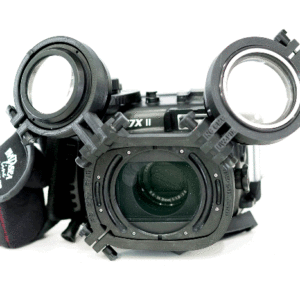
Flip Adapter Fantasea housing
€129,00 – €221,00 Select options -
Sale!
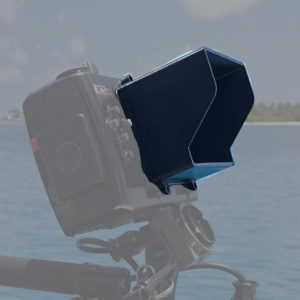
Nauticam Monitor Hood extra large for Small HD 500 Series NA-501/502 Housing
€119,00 Add to cart -
Sale!
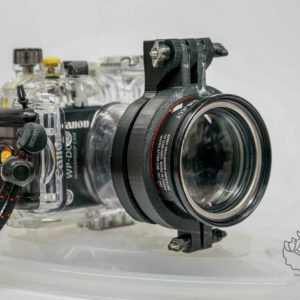
Flip-Mount for Canon S100 / S110 / S120 housings
€129,00 – €149,00 Select options -
Sale!
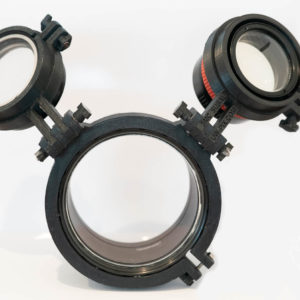
Flip-Mount Subal Type 4 Port
€129,00 – €179,00 Select options -
Sale!
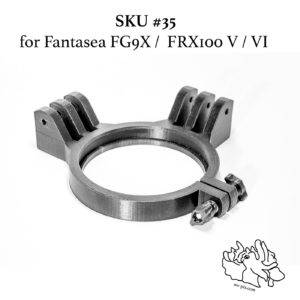
Flip-Mount Fantasea housing FG9X / FRX100 V / VI
€129,00 – €220,00 Select options -
Sale!
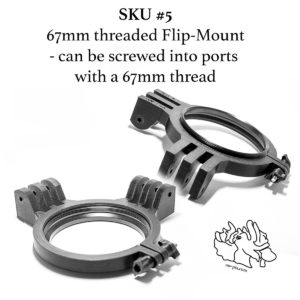
Flip Mount for ports with a 67mm thread
€150,00 – €242,00 Select options -
Sale!
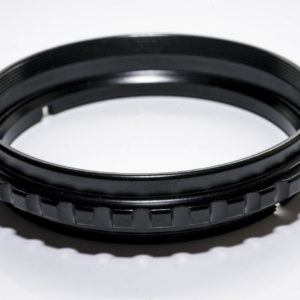
Flip Mount for Nauticam SMC/CMC Adapter ring
€129,00 – €221,00 Select options -
Sale!
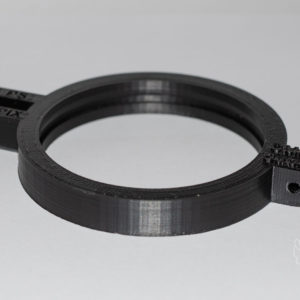
Spare parts for Flip-Mounts
€50,00 – €72,00 Select options -
Sale!
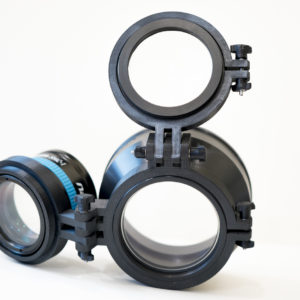
Flip-Mount Seacam MIP Port
€129,00 – €222,00 Select options -
Sale!

Flip-Mount for Ikelite FL Modular Flat Ports
€129,00 – €179,00 Select options -
Sale!
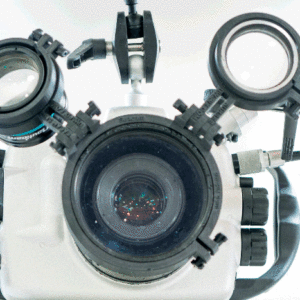
Flip-Mount Seacam MP Macro Ports
€129,00 – €221,00 Select options -
Sale!
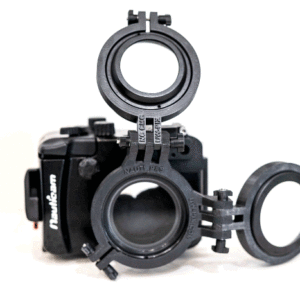
Flip-Mount for Nauticam compact housings
€129,00 – €221,00 Select options -
Sale!
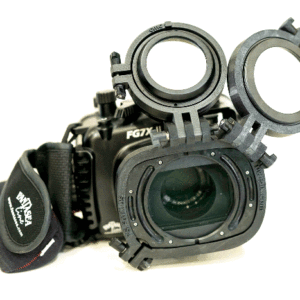
Flip-Mount for Fantasea housing
€129,00 – €221,00 Select options
